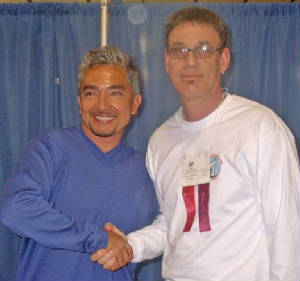Disciplining a dog is an essential aspect of their training journey, but it requires a delicate balance of assertiveness and compassion. As responsible dog owners, we must strive to discipline our furry companions in a way that fosters a positive and respectful relationship, laying the groundwork for well-rounded behaviors in the future.
Dogs do not understand discipline the way humans do, and so the way that we – as dog owners – need to think about discipline (how, when, and why) will need to change in order for us to do it effectively. The following are some tips and information on discipline that all dog owners will need to consider.
Disciplining in Dogs
One of the first things to understand about dogs is that they only understand feedback that has occurred immediately upon performing the action. For example, if your dog grabs a sock, drops the sock, and then turns around to walk to you, and then you discipline them for the sock, they think you’re disciplining them for walking towards you. The fact they grabbed the sock a few seconds before is no longer in their mind.
This means that any discipline that does not occur *at the time of the behavior* should be avoided. If you come home and your dog destroyed your garbage hours earlier, it is typically too late to discipline them for it. They will not understand that is what they are being punished for.
With that in mind, punishment itself has to be clear and straightforward. Here are some important pieces of information for disciplining a dog:
- Set Clear Boundaries - Establishing clear boundaries is fundamental to effective dog discipline. Dogs, like humans, thrive in an environment with consistent rules and expectations. Make sure that you are consistent with your discipline, otherwise your dog will not understand what you are trying to do.
- Positive Reinforcement - Positive reinforcement is a powerful tool in dog training and discipline. Rewarding desirable behaviors with treats, praise, or affection can reinforce good habits, and encouraging your dog to repeat these actions is more effective than punishing them for the bad behaviors.
- Redirecting Unwanted Behaviors - Rather than resorting to punishment, redirecting unwanted behaviors can be an effective approach. Redirect your dog's attention to a more appropriate activity when they engage in undesirable behaviors. This not only prevents the negative behavior but also encourages positive alternatives.
- Timeouts and Ignoring - In certain situations, timeouts and ignoring unwanted behaviors can be valuable tools in dog discipline. If your dog engages in an undesirable action, a brief timeout can help them understand that such behavior is not tolerated. Contrary to popular belief, dogs are capable of thinking and reflecting, even if they do not always understand punishment. A time out allows them to do this.
- Avoid Physical Punishment - Physical punishment can be harmful to a dog's mental and emotional well-being, leading to fear or aggression. Positive training methods create a nurturing environment where trust and mutual respect can thrive.
By adopting positive and compassionate methods, we can discipline our dogs effectively without harming their future behaviors. Following the principles of kindness and fairness, we can build a strong and loving bond with our canine companions while guiding them towards becoming well-rounded and well-behaved members of our families.





